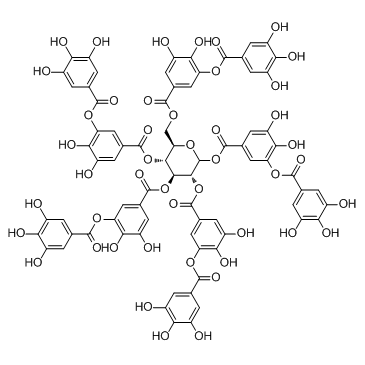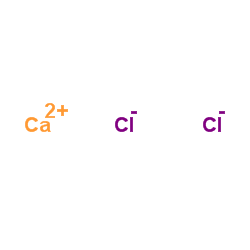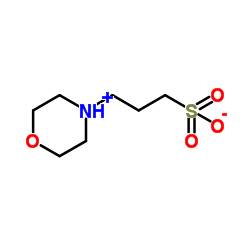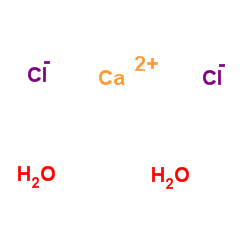| Structure | Name/CAS No. | Articles |
|---|---|---|
 |
Tannic acid
CAS:1401-55-4 |
|
 |
Ethanol
CAS:64-17-5 |
|
 |
Calcium chloride
CAS:10043-52-4 |
|
 |
glutaraldehyde
CAS:111-30-8 |
|
 |
MOPS
CAS:1132-61-2 |
|
 |
calcium chloride dihydrate
CAS:10035-04-8 |
|
 |
acrolein
CAS:107-02-8 |